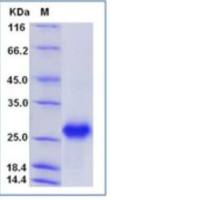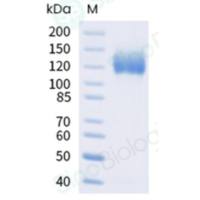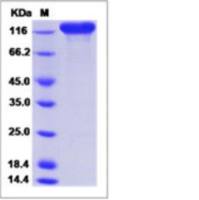Determination of Neurotransmitter Levels in Models of Parkinsons Disease by HPLC-ECD
互联网
1032
Parkinson’s disease (PD) is a neurological disorder caused by progressive degeneration of dopaminergic neurons in the nigrostriatal area of the brain. The decrease in dopamine (DA) neurotransmitter levels in the striatum and substantia nigra pars compacta is a neurochemistry hallmark of PD. Therefore, determination of dopamine and its metabolites levels in biological samples provides an important key to understanding the neurochemistry profile of PD. This chapter describes the use of reversed-phase HPLC with electrochemical detection (ECD) for simultaneously measuring monoamine neurotransmitters, including dopamine and its metabolites, norepinephrine as well as serotonin and its metabolite. ECD provides an ultrasensitive measurement, which detects at the picogram level. One run for each sample finishes within 18 min, shows clear chromatographic peaks and a complete separation, and produces excellent precision and reproducibility. Once set up, HPLC-ECD is economic and efficient for analyzing a large number of samples. This method has been broadly used for analyzing a variety of biological samples, such as cerebrospinal fluids, plasma, microdialysis elutes, tissues, and cultured cells. In recent days, it has been reported to be able to detect the dopamine level in a single drosophila head.








